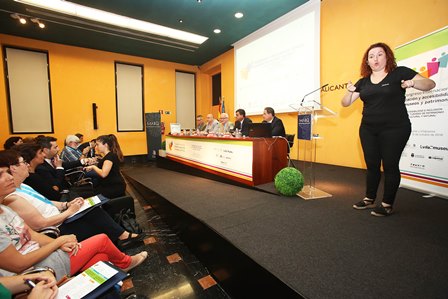
More than 200 professionalsnational and international experts are coming together these days in the province of Alicante to participate in the international congress "Education and accessibility in museums and heritage", an interesting initiative jointly organised by the MARQ and Vilamuseu to analyse the importance of tackling one of the great challenges of museography today, that of creating spaces that are more useful, competitive and suitable for everyone.
The Member of Parliament for Culture and Education, César Augusto Asencioand the mayor of La Vila Joiosa, Andrés VerdúThe conference, which will take place this morning, was inaugurated this morning until next Saturday 15 October in both localities and which focus on the accessibility and inclusion in cultural heritage tourism and naturalwith a special focus on outdoor spaces.
César Augusto Asencio has highlighted the quality of the speakers and the conference programme that make up this multidisciplinary conference, "which will be very beneficial, not only for tourism, but also from a cultural and archaeological point of view.".
The ambitiousaccessibility project developed by both the MARQ and Vilamuseu, the opportunities of thesocial inclusionThe latest news from the design for all people on the international scene, theglobal tourism trends in terms of accessibility or the smart destinations are some of the other topics addressed at this congress, which has the involvement and support of the Cajamar sponsorship.
The Archaeological Museum of Alicante has been working for many years on the development and implementation of different programmes related to the integration of people with disabilities and the removal of physical and mental barriers. Through these proposals, promoted in collaboration with the associations of the province, the MARQ aims to promoting equal opportunities and facilitating access to culture of all members of society.
The centre in Alicante is a pioneer in the organisation of guided and dramatised tours for people with disabilitiesthe reproduction of partsthe development of braille guidesthe development of interpreted lectures in sign language or the performance of workshops for children with special needsamong other initiatives.
